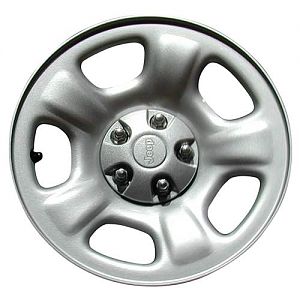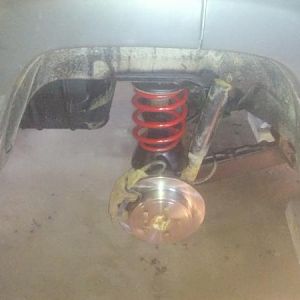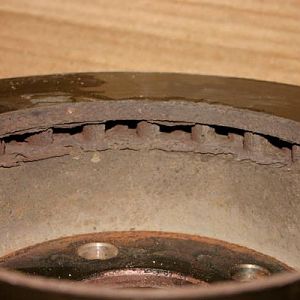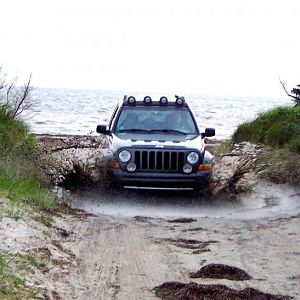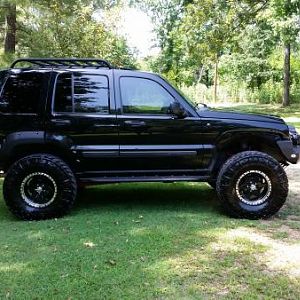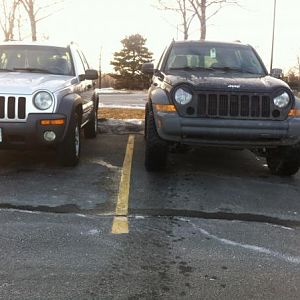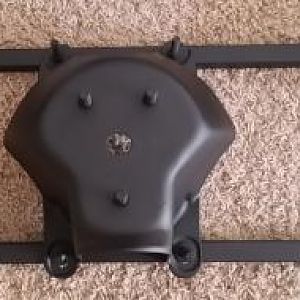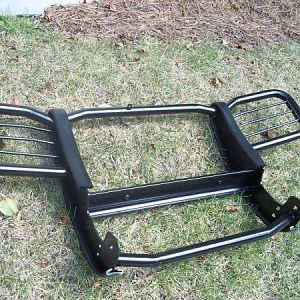AWD vs. 4WD
ALL WHEEL DRIVE vs. 4WD
ALL WHEEL DRIVE:
Definition: A vehicle where all four wheels are driven, but there's no transfer case like a four-wheel drive rig. Most AWD setups are full time systems for year-round driving, and use a viscous fluid coupling center differential instead of a transfer case to route drive torque to all four wheels. This allows the front and rear wheels to turn at slightly different speeds when turning on dry pavement. Most folks do not consider this the same as four-wheel drive. It can be useful (and more fuel economical) in pavement driving where you're mainly negotiating bad weather conditions.
FOUR WHEEL DRIVE:
Definition: A method of driving a vehicle by applying engine torque to all four wheels thru the use of a transfer case, differentials and hubs. Various schemes are used for 4WD including part-time, full-time and variable four-wheel drive. To help cut the drive train drag (and reduced fuel economy) that most 4WD's have, a transfer case is included that allows the driver to select either two- or four-wheel drive depending on driving conditions. Some performance cars have full-time variable four-wheel drive and use a computer-controlled transfer case to route power between the wheels.
It's important to note that even in 4WD, you still have only two driving wheels; one front; one rear. A normal passenger car is essentially one wheel drive, because the other one can slip. So a 4WD rig, with the front axle engaged, now has two wheels driving. Then if you add a locker to the rear, you've added one more wheel, to make your rig three-wheel drive. Add a locker to the front, so no tires can spin, and you have TRUE, 4-wheel drive, all four wheels driving.


